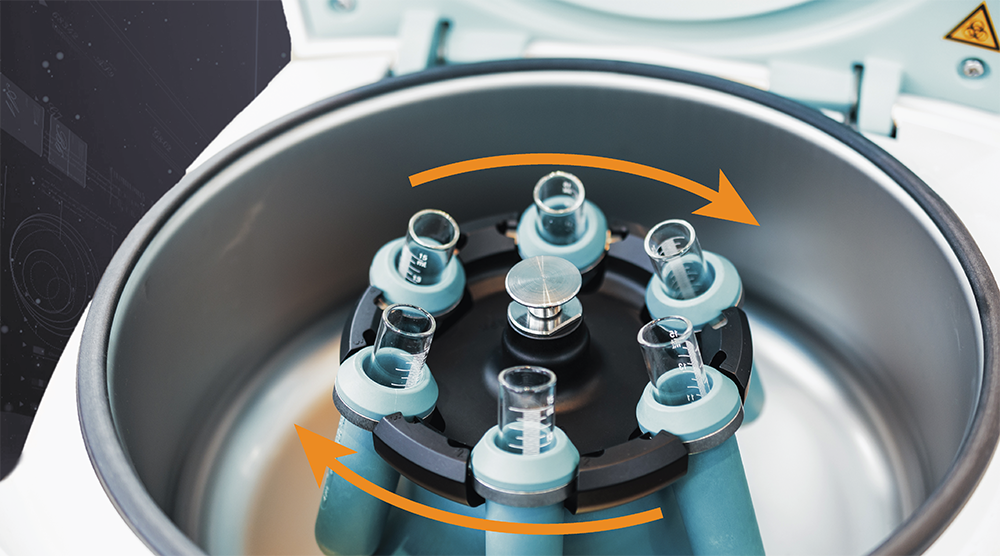Centrifuge control means controlling a high-speed rotating motor (usually a Brushless DC motor) such that it accelerates, coasts, and decelerates thereby separating via centrifugal force the payload - typically liquids, gels, or gasses. We often think of centrifuges as operating in a biological laboratory, and that certainly represents a big segment, but centrifuges are ubiquitous being found in chemical processing equipment, gas separation equipment, scientific analysis equipment and more. What connects all these applications is the need to drive the motor at high rotation speeds sometimes exceeding 50,000 RPM, with high efficiency and minimal motor heating.
In this Motion Application:
- Explore Design Considerations & Techniques
The motion control challenge involved with high-speed centrifuge control begins with the unusual nature of the motor itself. To achieve their high rotation rate these motors typically have low coil resistances and electrical time constants. So when driven by a PWM (Pulse Width Modulation) switching amplifier a central consideration is that the bridge circuitry operate efficiently at high PWM rates. - Examine Application Architecture
The diagram below shows the calculation flow for the FOC (Field Oriented Control) technique used with Brushless DC motors, also known as Synchronous AC motors. FOC is an important technique used in centrifuge control to achieve the greatest efficiency and torque output at high spin rates. - View Motion Control Solutions
Since 1992 Performance Motion Devices products have been used in a range of centrifuge control applications. PMD’s Juno Velocity Control ICs are ideally suited for high performance centrifuge control applications, as are PMD's ION/CME N-Series Digital Drives providing up to 1 KW of output in a compact PCB-mounted module format. Finally, PMD's MC53113 Brushless Motor Control ICs excel in applications requiring a compact low-cost centrifuge control solution.
Click here to see more.


